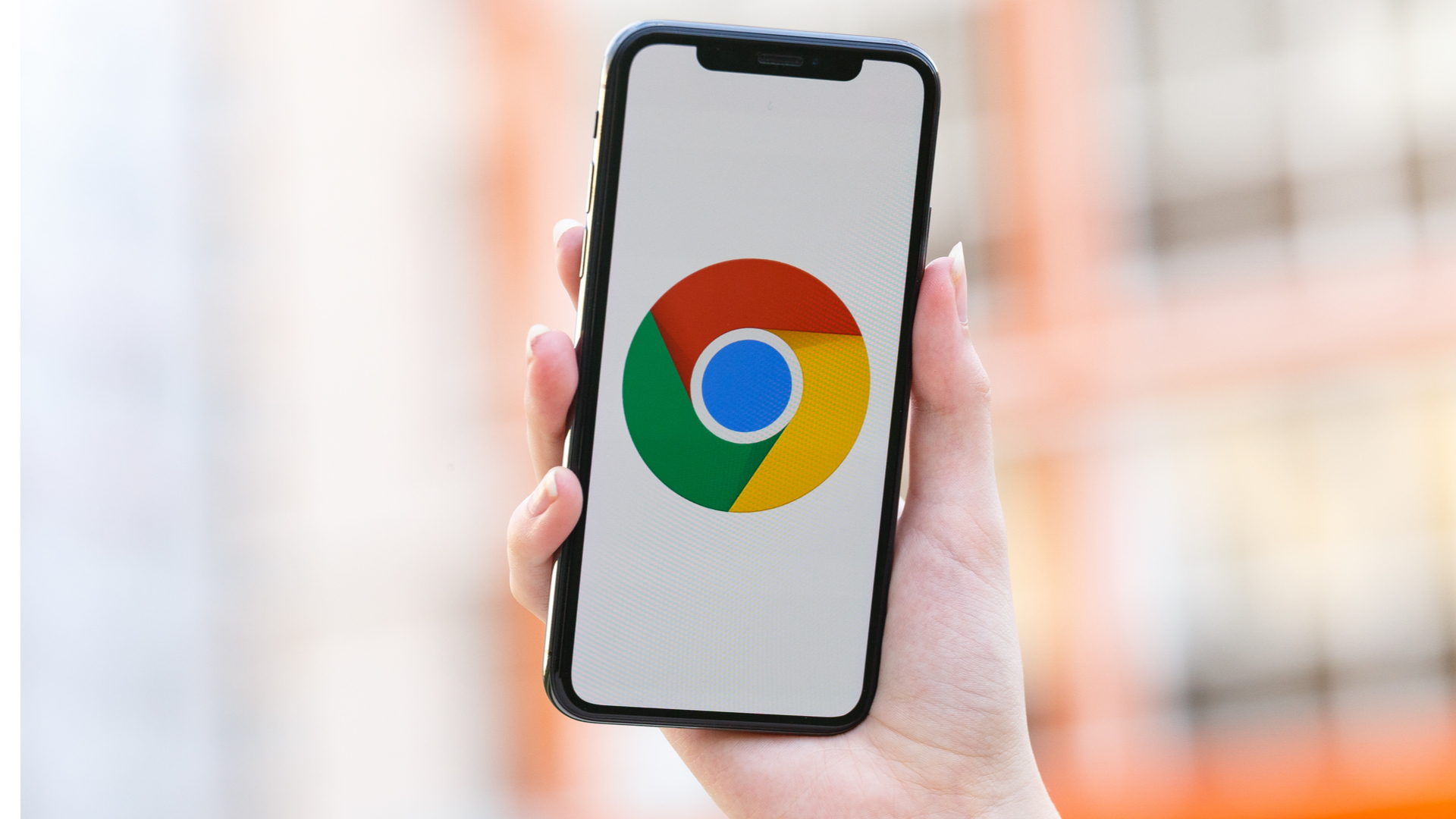
Trust, liking and voting preferences all shifted predictably. When our participants were done searching, we asked them those questions again, and, voilà: On all measures, opinions shifted in the direction of the candidate who was favored in the rankings. People could click freely on any result or shift between any of five different results pages, just as one can on Google’s search engine. Only the ordering of the results differed in the three groups. Then they were allowed up to 15 minutes to conduct online research on the candidates using a Google-like search engine we created called Kadoodle.Įach group had access to the same 30 search results-all real search results linking to real web pages from a past election. Participants were given brief descriptions of each candidate and then asked how much they liked and trusted each candidate and whom they would vote for. In our basic experiment, participants were randomly assigned to one of three groups in which search rankings favored either Candidate A, Candidate B or neither candidate. The impact of viewing biased rankings repeatedly over a period of weeks or months would undoubtedly be larger. In laboratory and online experiments conducted in the United States, we were able to boost the proportion of people who favored any candidate by between 37 and 63 percent after just one search session. Our new research leaves little doubt about whether Google has the ability to control voters. Trump’s success will have on how he shows up in Google searches is presumably out of his hands. Google acknowledges adjusting the algorithm 600 times a year, but the process is secret, so what effect Mr.

Could this activity push him higher in search rankings, and could higher rankings in turn bring him more support? Most definitely-depending, that is, on how Google employees choose to adjust numeric weightings in the search algorithm. Because SEME is virtually invisible as a form of social influence, because the effect is so large and because there are currently no specific regulations anywhere in the world that would prevent Google from using and abusing this technique, we believe SEME is a serious threat to the democratic system of government.Īccording to Google Trends, at this writing Donald Trump is currently trouncing all other candidates in search activity in 47 of 50 states. Our comprehensive new study, just published in the Proceedings of the National Academy of Sciences (PNAS), includes the results of five experiments we conducted with more than 4,500 participants in two countries. What we call in our research the Search Engine Manipulation Effect (SEME) turns out to be one of the largest behavioral effects ever discovered. The adjustments they make increasingly influence our thinking-including, it turns out, our voting preferences. Whether or not Google executives see it this way, the employees who constantly adjust the search giant’s algorithms are manipulating people every minute of every day. There are at least three very real scenarios whereby Google-perhaps even without its leaders’ knowledge-could shape or even decide the election next year. In the United States, half of our presidential elections have been won by margins under 7.6 percent, and the 2012 election was won by a margin of only 3.9 percent-well within Google’s control. Learn more about seeing and controlling activity on your account.Given that many elections are won by small margins, this gives Google the power, right now, to flip upwards of 25 percent of the national elections worldwide. Google News can personalize based on some of those activities. You can see your searches and other activity saved to your Google Account in My Activity. See your Google activity & adjust what gets saved You can have Google News show more stories that you’ll like and fewer that you won’t. Never: The Google News color scheme will never be dark.

Always: The Google News color scheme will always be dark.The availability of this feature depends on your browser. System default (when available): Based on your device's system theme, the Google News color scheme will be light or dark.To change your language or place, click Language & region.ĭark theme lets you tone down your screen's glare and use Google News with a dark background.If you don't see the menu on the left, click Menu.You can change more settings in your Google News app, including notifications. You can change your Google News settings, like your:


 0 kommentar(er)
0 kommentar(er)
